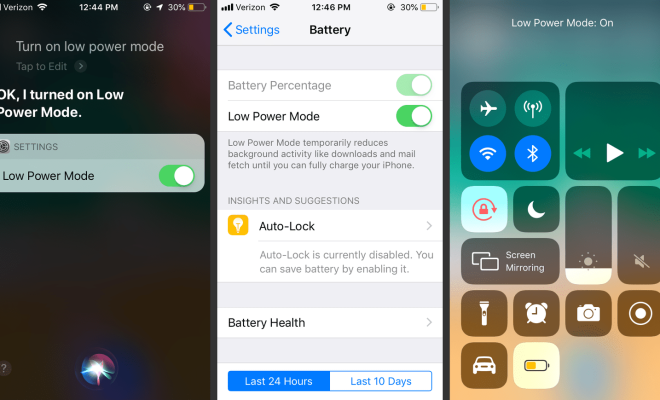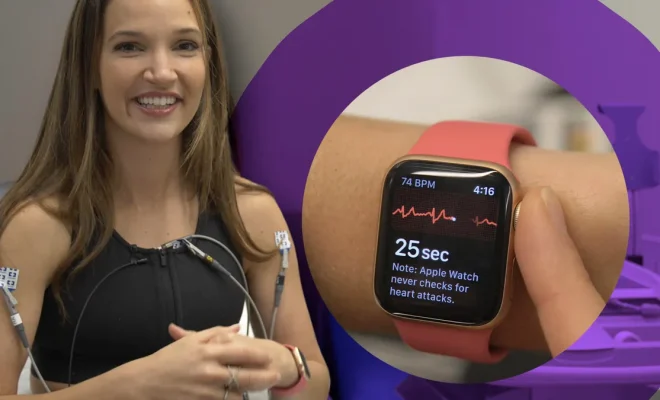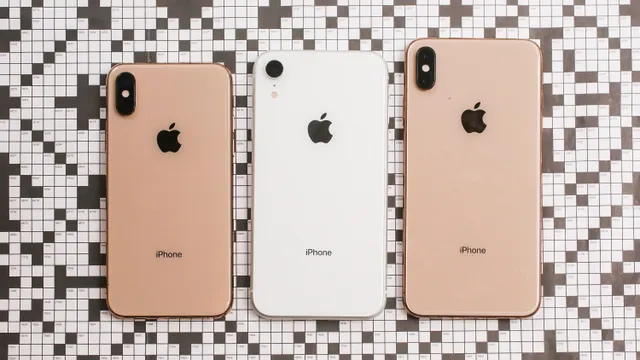What Happens if You Keep Your iPhone in Low Power Mode All the Time?

If you’re an iPhone user, you may be familiar with Low Power Mode—a feature designed to extend your device’s battery life when it’s running low. But have you ever wondered what would happen if you kept your iPhone in Low Power Mode all the time? In this article, we’ll explore the effects of using Low Power Mode extensively and whether it is advisable or not.
Understanding Low Power Mode
Low Power Mode is a setting available on iPhones that reduces power consumption by disabling certain features and background activities. When activated, it adjusts various settings to conserve battery life, including reducing screen brightness, limiting app refreshing in the background, disabling automatic email fetches, and lowering performance levels.
Battery Life Benefits
The primary benefit of using Low Power Mode is extending your device’s battery life. By minimizing processes that consume significant power resources, such as push notifications or location services for apps in the background, your iPhone can stay operational for longer periods before needing a recharge.
When enabled during critical situations where charging options are limited or unavailable (e.g., while traveling), keeping your iPhone in Low Power Mode helps ensure essential functionalities remain accessible throughout the day without worrying about running out of battery.
Performance Impact
While Low Power Mode provides excellent battery-saving benefits when needed temporarily or intermittently, there are some trade-offs regarding overall device performance:
1. Reduced Processing Speed: To conserve energy further, iPhones operating in Low Power Mode limit CPU speed. This means apps might take slightly longer to launch and run compared to regular mode.
2. Limited Background Activities:
Background app refreshes are significantly curtailed while in Low Power Mode. As a result, some apps may not update content automatically unless manually refreshed.
3. Diminished Visual Experience:
Screen brightness is automatically reduced when entering into low power mode which can affect visual clarity and vibrancy, particularly in bright environments.
Screen brightness is automatically reduced when entering into low power mode which can affect visual clarity and vibrancy, particularly in bright environments.
These performance adjustments are intentional to optimize power usage but may result in a slightly slower and less responsive user experience.
App Functionality
While most apps will continue to function normally when your iPhone is in Low Power Mode, some features or background processes that rely heavily on constant network connectivity or location services may be affected. For example, certain fitness tracking apps might not record accurate distance measurements without continuous GPS updates.
It’s essential to note that app behavior can vary depending on how they are designed and optimized for Low Power Mode compatibility. Therefore, it’s recommended to test your frequently used apps while in this mode to ensure they meet your expectations regarding functionality and performance.
Conclusion
Low Power Mode serves as a valuable tool for conserving battery life during critical situations or when charging options are limited. However, using it all the time can lead to reduced processing speed, limitations on background activities, and dimmed screen brightness—impacting overall device performance and user experience.
To strike a balance between maximizing battery life and maintaining optimal functionality, it’s advisable to use Low Power Mode selectively when necessary rather than keeping it enabled at all times. Activate it strategically when you need extra battery preservation throughout the day but remember that regular mode provides the best performance capabilities of your iPhone.
Ultimately, understanding the trade-offs involved with prolonged use of Low Power Mode helps you make informed decisions about managing your iPhone’s power consumption effectively while ensuring an enjoyable user experience.






